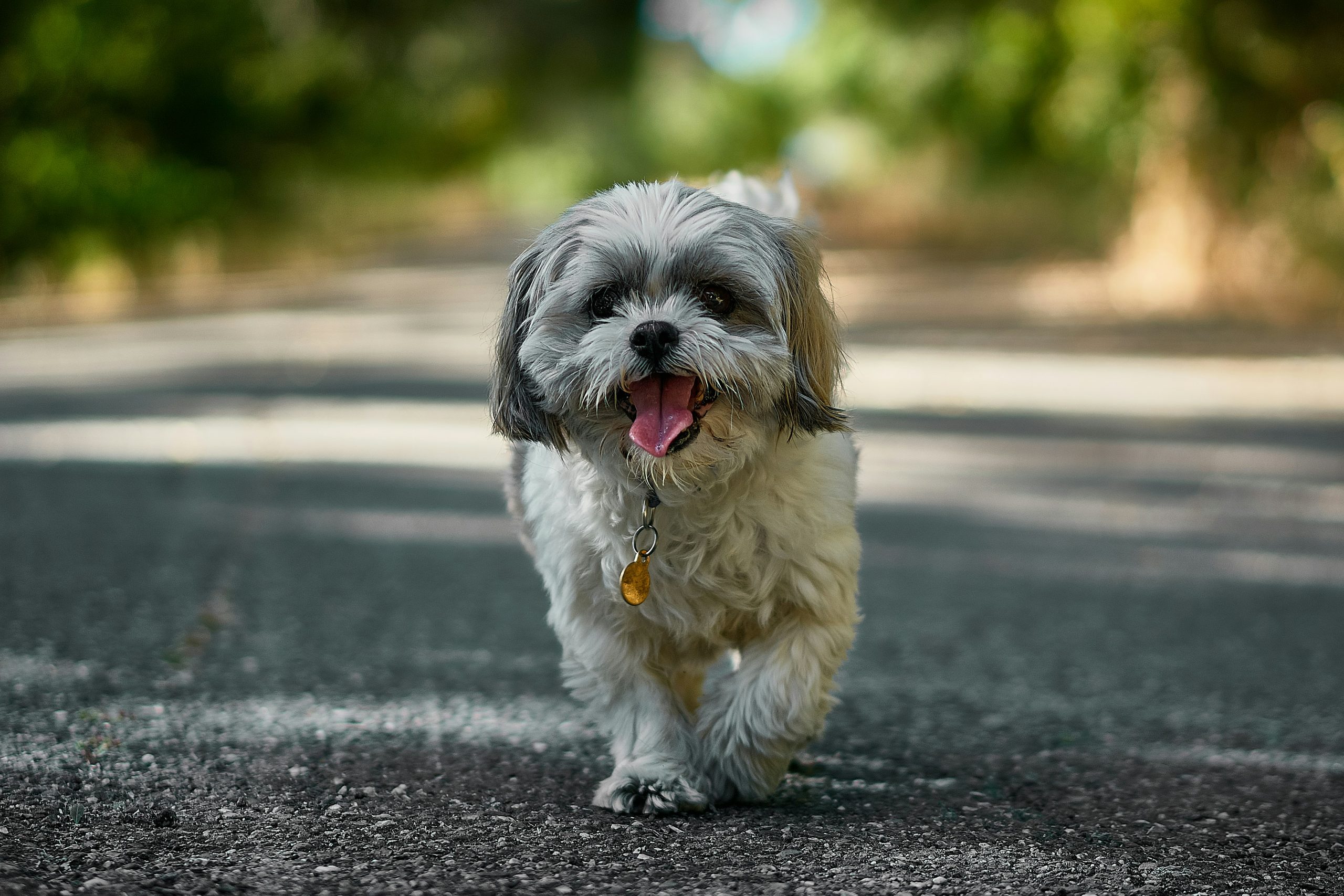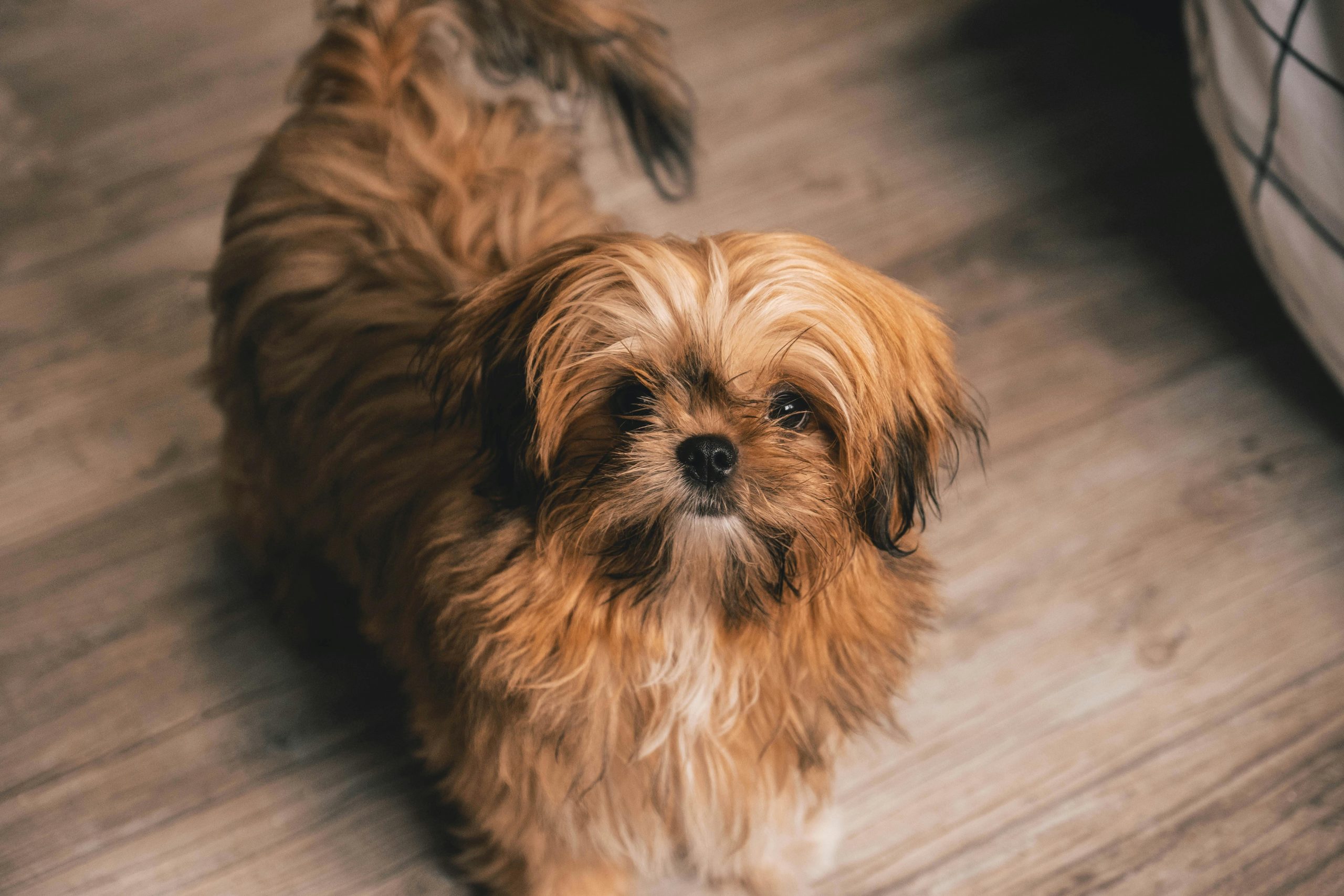The Shih Tzu, often referred to as the “Lion Dog,” holds a storied place in the tapestry of canine breeds, boasting an ancestry that intertwines closely with the history of ancient China. Esteemed for its noble demeanor and distinctive appearance, the Shih Tzu’s origins are steeped in royal Chinese tradition, serving as a cherished companion to Chinese emperors and their families. This breed’s luxurious coat, characterized by its long, flowing locks, and its unique facial structure, with a wide, short muzzle and large, dark eyes, make it immediately recognizable. The Shih Tzu is not just celebrated for its physical attributes but also for its warm, affectionate nature, making it a favored pet among dog lovers worldwide. The journey of the Shih Tzu, from the lavish palaces of Chinese royalty to homes across the globe, is a fascinating story of cultural exchange, breed development, and enduring appeal. This comprehensive look into the history and origin of the Shih Tzu will explore its early beginnings, its establishment as a breed, its cultural significance, and its legacy as a beloved companion animal.

Early Beginnings in China
The Shih Tzu’s history can be traced back to ancient China, where it was revered as a symbol of wealth and prosperity. Believed to have been developed from Tibetan breeds, such as the Lhasa Apso, the Shih Tzu was bred to resemble the lion, an important symbol in Buddhist mythology. These dogs were kept in royal palaces, where they were lavished with all the comforts of royal life. The Shih Tzu’s role extended beyond that of a mere pet; they were considered guardians of the palace, believed to carry spiritual protection. The breed’s early development is shrouded in mystery, with little documented evidence, but genetic studies suggest a long history that predates many modern breeds. The Shih Tzu’s presence in Chinese art and literature further attests to its long-standing significance in the country’s cultural heritage.
Establishment as a Recognized Breed
The journey of the Shih Tzu from the imperial courts of China to recognition as a distinct breed is a tale of survival and revival. During the early 20th century, the breed was nearly lost due to political upheaval and the collapse of the Chinese imperial dynasty. However, a few specimens were smuggled out of China, finding their way to England and Norway, where dedicated breeders took an interest in preserving and promoting the Shih Tzu. In 1934, the Shih Tzu Club of England was formed, marking a significant step in establishing the breed’s standards and promoting its recognition. The American Kennel Club (AKC) recognized the Shih Tzu as a breed in 1969, categorizing it within the Toy Group. This recognition was a pivotal moment, cementing the Shih Tzu’s status as a breed of international renown and paving the way for its popularity as a companion dog.
Cultural Significance and Symbolism
The Shih Tzu holds deep cultural significance and symbolism, especially within Chinese and Tibetan cultures. The breed’s name, Shih Tzu, translates to “Lion Dog” in Mandarin, reflecting its association with the Buddhist deity, Manjushri, who is often depicted riding a lion. According to legend, Shih Tzus were bred to resemble lions, embodying the strength and nobility of the creature. In Tibetan Buddhism, lions symbolize fearlessness and protection, qualities that were spiritually transferred to the Shih Tzu. Beyond their religious symbolism, Shih Tzus were considered a luxury item among Chinese nobility, symbolizing wealth, good luck, and prosperity. The breed’s exclusive presence in the Chinese imperial court further elevated its status, making it a coveted symbol of imperial favor and divine protection.
The Shih Tzu as a Companion Animal
Today, the Shih Tzu is celebrated primarily as a companion animal, cherished for its friendly, outgoing nature and adaptability to various living situations. Despite its royal ancestry, the Shih Tzu is remarkably down-to-earth, thriving on human companionship and exhibiting a cheerful disposition. Its small size and moderate exercise needs make it an ideal pet for apartment dwellers and those with limited space. The Shih Tzu is known for its affectionate behavior, often seeking out the company of its human family members and displaying a playful, yet gentle temperament. This breed’s adaptability and sociable nature have contributed to its enduring popularity as a family pet, capable of forming strong, loving bonds with its owners. The Shih Tzu’s legacy as a companion animal is a testament to its versatile nature, embodying both the mystique of its ancient origins and the warmth of a devoted pet.
The history and origin of the Shih Tzu offer a captivating glimpse into the breed’s royal past, its near brush with extinction, and its resurgence as a beloved pet. From the opulent palaces of ancient China to the homes and hearts of dog enthusiasts around the world, the Shih Tzu has traversed a remarkable journey. Its enduring appeal lies not just in its distinctive appearance, but in its spirited personality and affectionate nature. As the Shih Tzu continues to charm and delight its human companions, its storied history enriches the bond between this ancient breed and those who cherish it.
Frequently Asked Questions About The History of Shih Tzus

 Toledo, United States.
Toledo, United States.